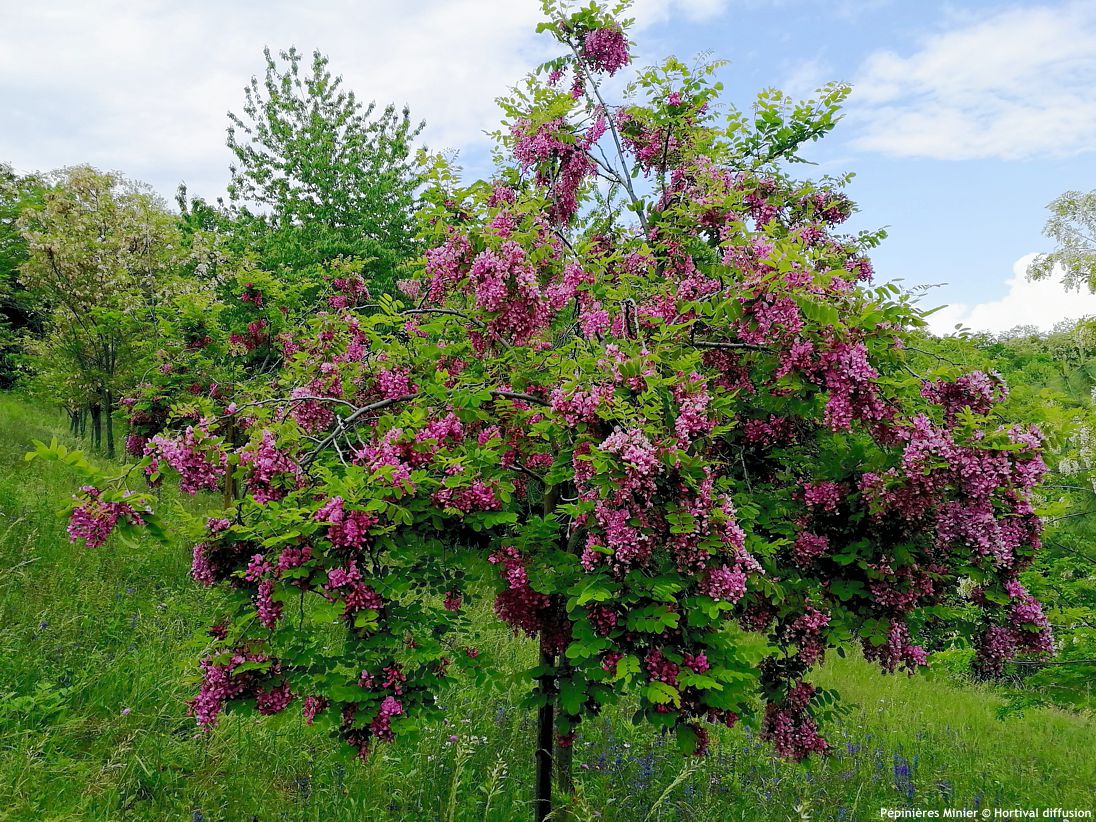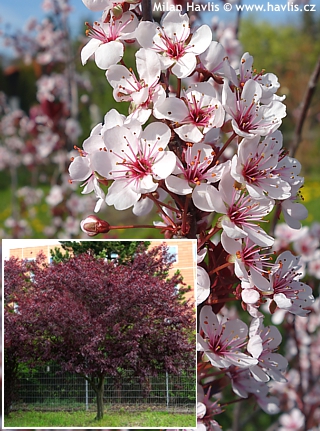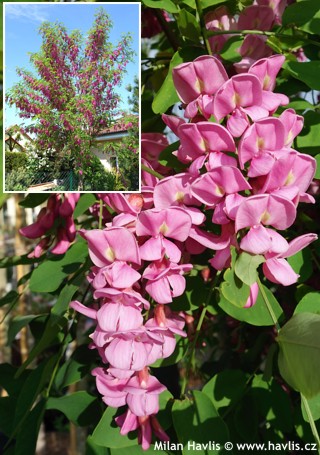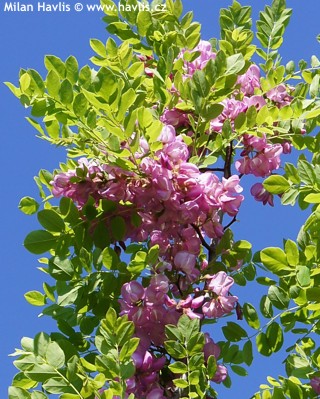Robinia x margaretta 'GEORGIA DA TORINO' locust
Robinia
Flowering trees are always a highlight in any garden. In the case of this locust, this is doubly true due to the colour and size of its flowers. It is a hybrid of Robinia pseudoacacia and Robinia hispida var. kelsey. From one parent, it inherited the length of its raceme-like flower clusters, and from the other, their striking colour.
Curious about its origins? Buckle up, 'cause this is one wild botanic rollercoaster! The British experts from Kew Gardens believe it to be a spontaneous hybrid discovered as early as 1914 in Durand-Eastman Park in Rochester, New York, USA. It was found by B. H. Slavin, who named the tree Robinia x slavinii. Another record dates back to 1933, when British growers from Hillier Nurseries achieved the same hybrid through planned crossbreeding and named it ‘Hillieri’. Just a year later, the American Princeton Nurseries in New Jersey introduced the same tree under the name Robinia x ambigua Pink Cascade in 1934. And finally – for reasons beyond anyone’s comprehension – it appeared much later in Europe under the French name Casque Rouge. Who would have thought that a single tree could have such an identity crisis? 😄
Georgia da Torino is considered an improved version of the highly successful Casque Rouge locust cultivar. It was bred by Professor Maurizio Ceruti from Italy, who named it after his wife Giorgia and introduced it in 2016. This is a stunning tree with an airy canopy packed with attractive foliage and a spectacular display of deep pink flowers from late May to June. The flowers are arranged in 15–25 cm long racemes composed of pea-like (butterfly-shaped) blossoms, with a dark golden-brown flame adorning their throats. The tree produces an abundance of flowers and occasionally reblooms in summer but the flowering is rather scarce. You can encourage a second bloom though by pruning the tree after its first flowering in June.
The deciduous leaves are pinnate, medium green, typical of black locusts. Since new branches and leaves continue to grow until autumn, the tree maintains fresh green foliage until leaf drop. The canopy becomes almost spherical with age. It is quite regular in shape and provides so-called filtered sunlight, allowing for the cultivation of many other plants beneath it that do not require full sun. The ultimate height in maturity is estimated between 8 and 10 meters. The branches are far less thorny than those of the original black locust and not as brittle as those of Casque Rouge, making the tree strong and wind resistant.
Black locust prefers well-drained, poor soils and once established, tolerates long periods of drought. On the other hand, in wet and heavy soil, it has minimal chances of survival. Staking the trunk to a strong support is crucial for at least three years after planting, but we recommend keeping it secured for at least five years to ensure strong trunk development. Annual pruning in early spring before the buds begin to swell helps strengthen and densify the crown, though it is not necessary. Fully hardy to at least -34 °C (USDA 4).
Last update 28-05-2025
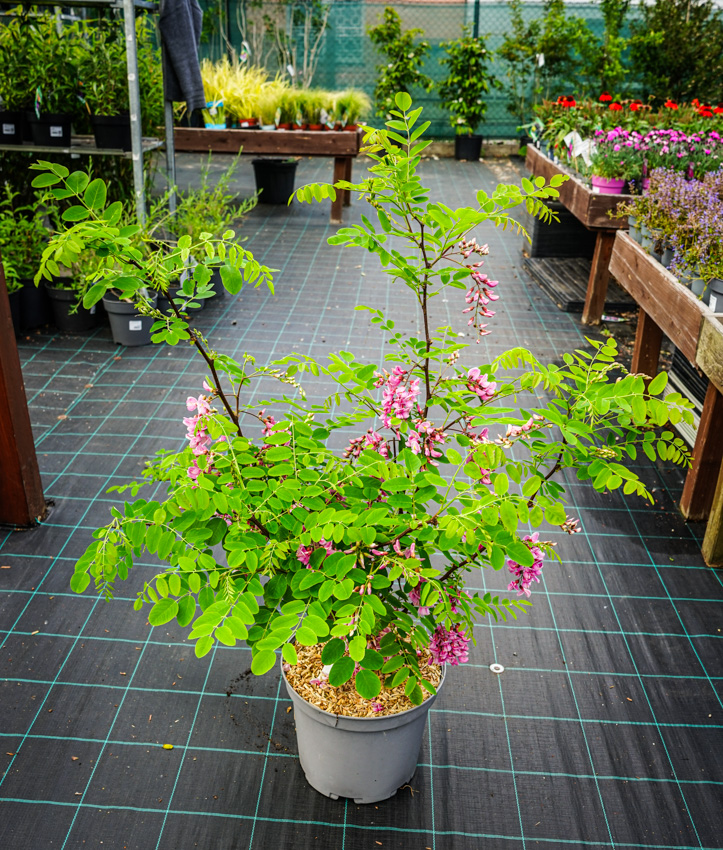
1 513 Kè

1 513 Kè

1 542,75 Kè

1 542,75 Kè
Goods are shipped all over Europe. For Russia and U.K. and for further details please read about SHIPPING OPTIONS HERE.
Are you interested in a serious discount for orders NOV-FEB? Check your options here.
THE PRICES INCLUDE VAT of 15%. For quick conversion you can use 1 CZK = approx. 0.04 EUR
- STANDARD QUALITY - Plants of this group are 1st class quality with number of branches and overall density adequate to their size and age, considering they were container grown.
- DE LUXE QUALITY - This label guarantees a luxurious quality of manually selected plants that, compared to their height and age, are exceptionally dense and beautiful.
- EXTRA - These plants are usually mature and bigger specimens with exceptional overall appearance.
- STANDARD (as described in the plant form) means a tree with a trunk of 190-210 cm and a crown at the top, unless specified differently. The commercial size for trees is their girth measured in the height of 1m from ground.
- HOBBY - These plants are of the same quality as our standard-quality plants but younger and therefore cheaper.
- SHRUB - a woody plant with branches growing bushy from the ground level.
- HALF-STANDARD or MINI-STANDARD - a small tree with shorter trunk, its size is usually specified.
- FEATHERED - These are trees with branches growing already from the base of the trunk and up along the stem.
- GRASSES and PERENNIALS - Sizes given usually read the diameter of the pot or the clump, as specified.












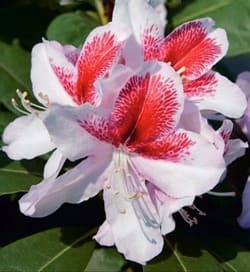










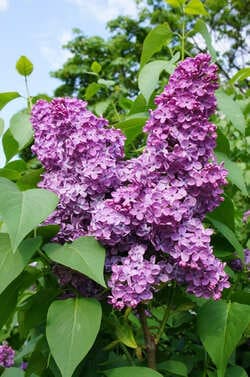

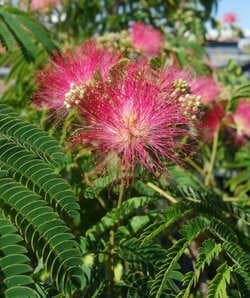




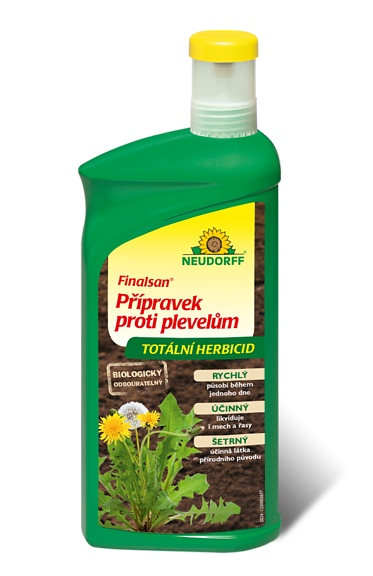


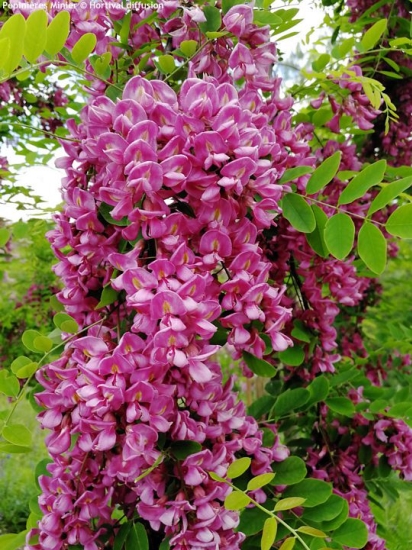
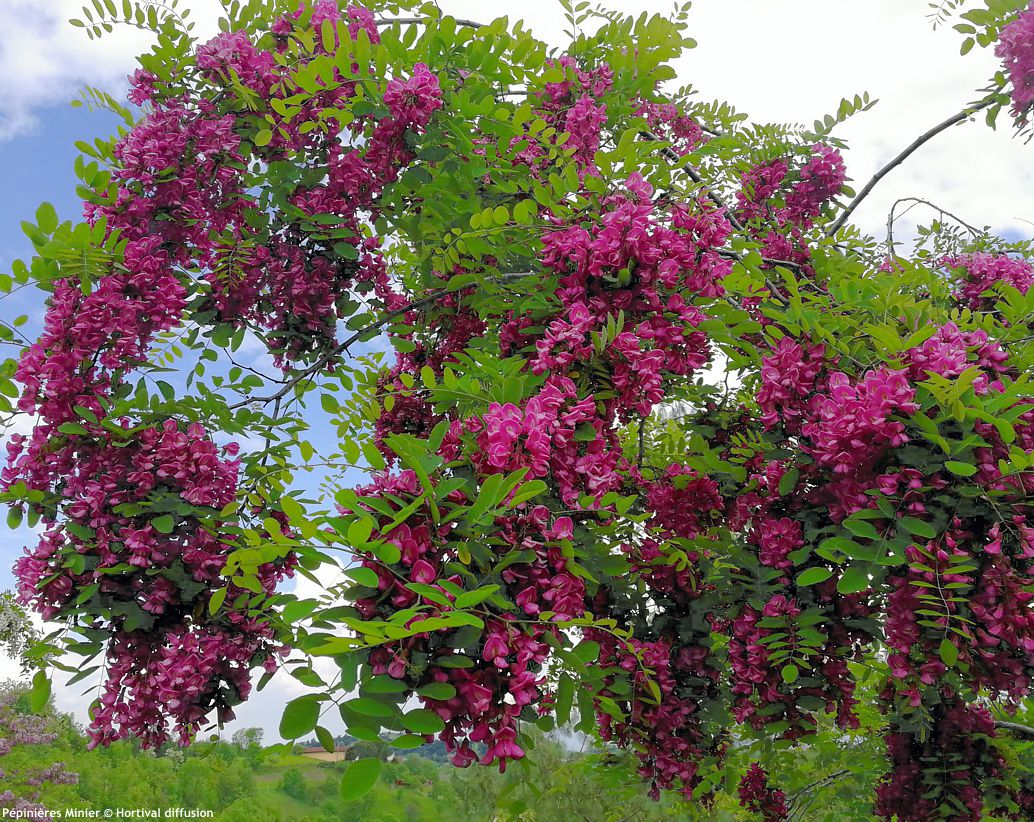
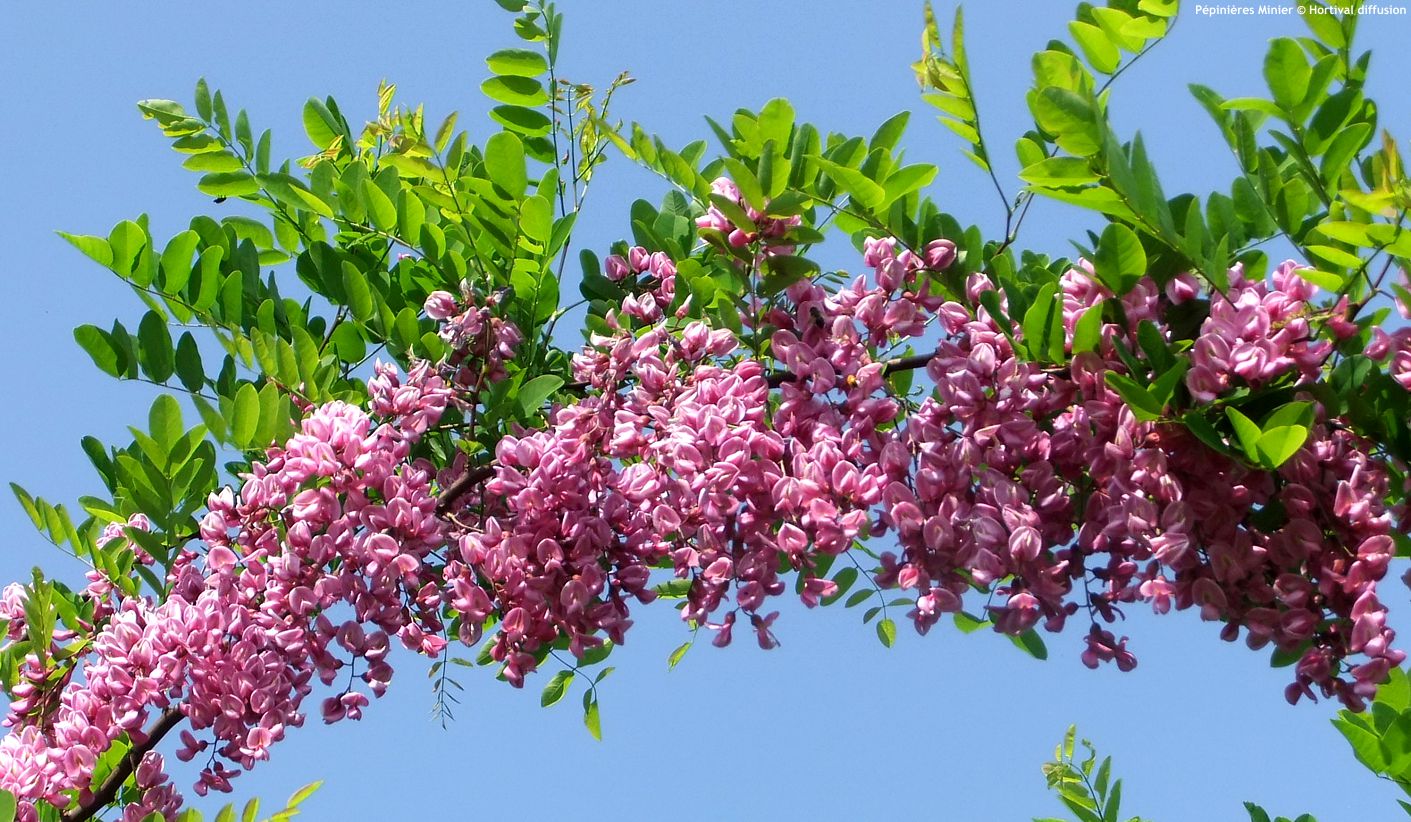
.jpg)
